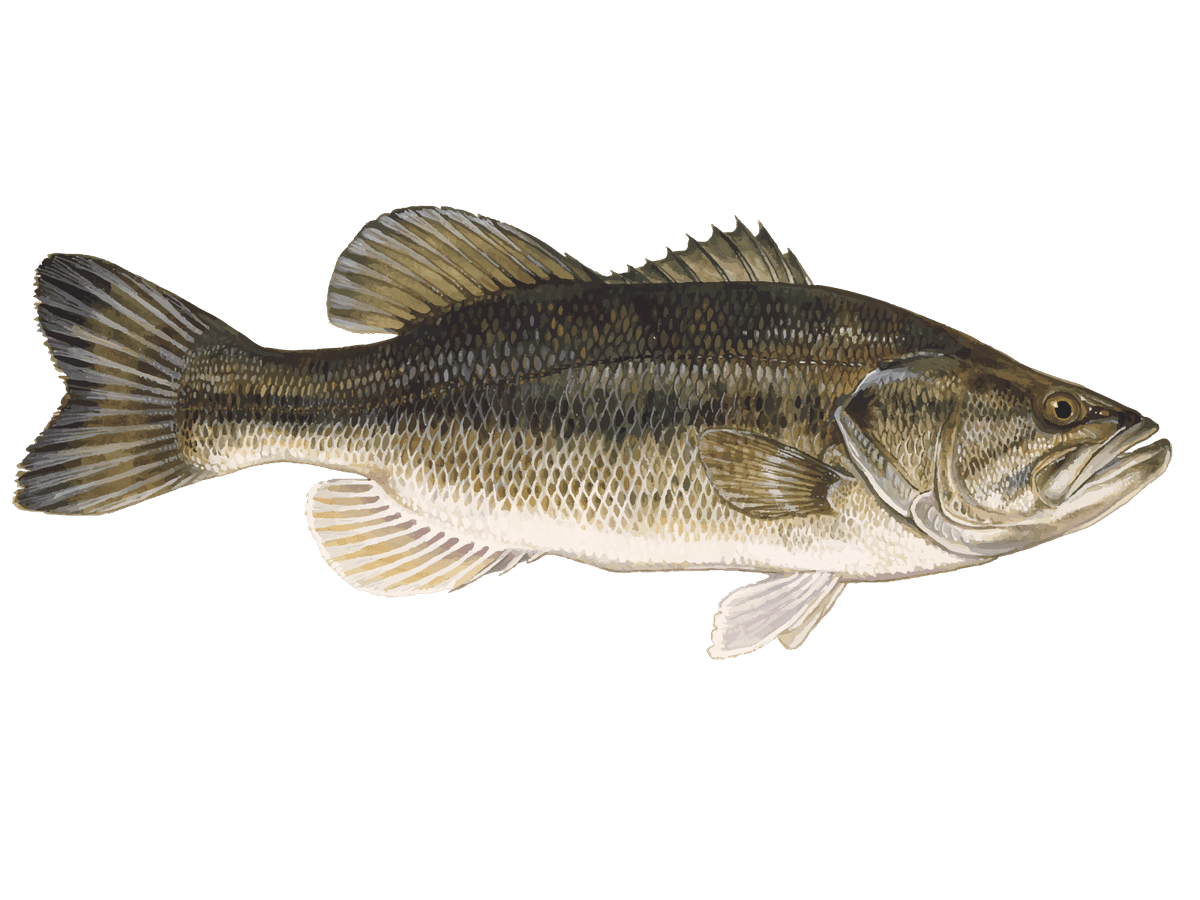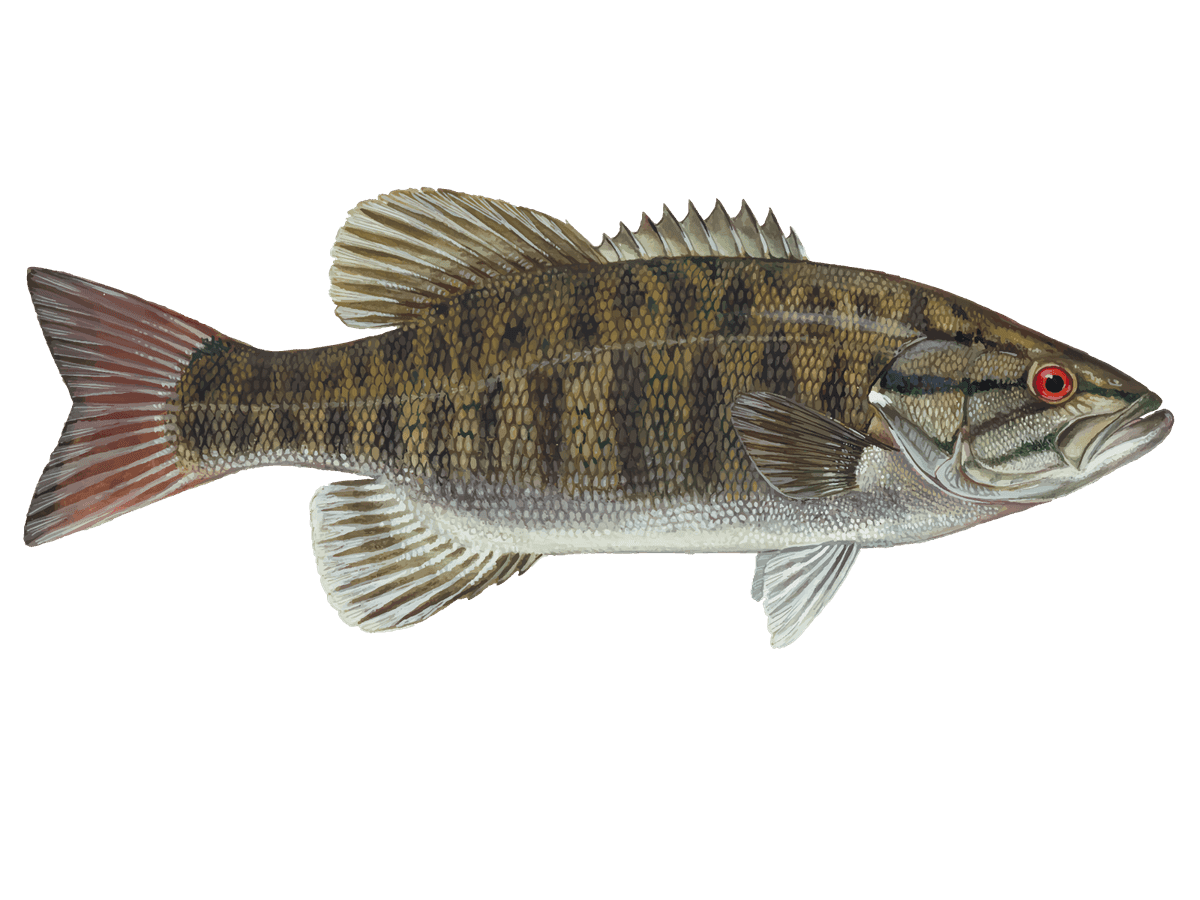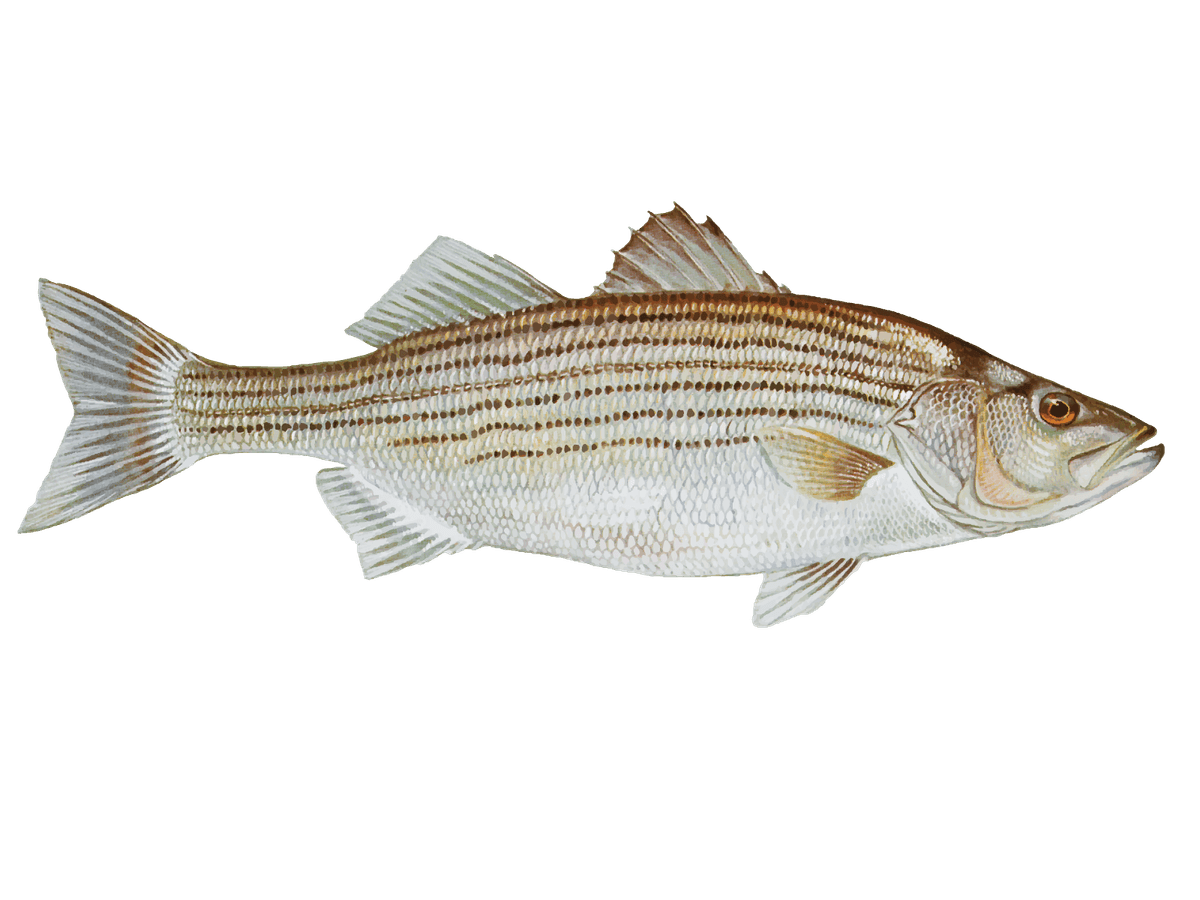Lake Travis Bass Fishing for Beginners
- Published Date: September 20, 2025
- Fishing
- Texas
- $150 - $600 price range
Summary
%2F%2Fusers%2Fb895b28b-dc00-4f66-bc01-29dd38b98ccc%2Fratecard%2F497998755_3085559911610381_1033914872773503734_n-mfpd28ea.jpg&w=1200&q=75)
Lake Travis Bass Action
Lake Travis Bass Fishing: 4-Hour Beginner's Dream
Ready to wet a line on one of Texas' premier bass fisheries? This 4-hour guided trip on Lake Travis is tailor-made for newcomers looking to get their feet wet in the world of bass fishing. We'll hit the water at the crack of dawn, when the fish are most active and the lake is calm. Whether you're flying solo or bringing a buddy, our experienced guide will show you the ropes and put you on fish. No need to sweat the gear - we've got a top-notch bass boat that'll have you cruising the honey holes in style. Just remember to grab that Texas fishing license before you show up, and we'll take care of the rest!
Trip Overview
Picture this: You're out on Lake Travis as the sun peeks over the hills, casting into prime bass habitat with a pro at your side. This isn't your average "chuck and pray" fishing trip. Our guide's got over a decade of experience on these waters, and they're itching to share their local knowledge. We keep the group small - just you and maybe a friend - so you'll get plenty of one-on-one coaching. Whether you're looking to learn the basics or polish up your technique, we've got you covered. And hey, even if the fish aren't jumping in the boat (though they often do), you'll still soak up some gorgeous Hill Country scenery.
What to Expect on the Water
We'll be fishing from a slick bass boat that's rigged up with all the bells and whistles. Your guide will show you how to work different lures, read the water, and present your bait where the bass are hiding. We might start off with some topwater action in the shallows, then move out to deeper structure as the sun gets higher. You'll learn about matching your presentation to the conditions and how to detect those subtle bites that often lead to big fish. Don't worry if you're new to baitcasting - we can set you up with a spinning outfit until you're ready to graduate to the big leagues.
Why Anglers Keep Coming Back
Lake Travis isn't just a pretty face - it's a bass factory that keeps on producing. Our regulars rave about the quality of the fishing, sure, but it's the overall experience that hooks 'em. There's something special about being on the water as the world wakes up, watching ospreys dive for their breakfast while you wait for that telltale "thunk" on your line. And let's be honest, nothing beats the rush of setting the hook on a chunky largemouth that's trying to turn your rod into a pretzel. By the end of the trip, you'll have a solid foundation in bass fishing techniques that you can build on for years to come.
Species You'll Want to Hook
Largemouth Bass: The king of Lake Travis, these bucketmouths are what most anglers are after. They can grow to impressive sizes here, with fish over 5 pounds not uncommon. Largemouths love to ambush prey around submerged timber, boat docks, and weed edges. In the spring, you might catch them shallow as they prepare to spawn, while summer often finds them relating to deeper structure. There's nothing quite like watching a big largemouth explode on a topwater lure at dawn.
Striped Bass: While not as numerous as their largemouth cousins, stripers provide an exciting change of pace. These hard-fighting fish often school up and chase bait in open water. When you find a school of stripers, the action can be fast and furious. They're typically more active in cooler months, and catching one on light tackle is a thrill you won't soon forget. Stripers in Lake Travis can reach weights of 20 pounds or more, so hang on tight!
Smallmouth Bass: The bronze bombers of Lake Travis, smallmouth bass are prized for their acrobatic fights. They tend to prefer rockier habitat and slightly cooler water than largemouths. While they don't typically grow as large as largemouths, what they lack in size they make up for in attitude. Pound for pound, many anglers consider smallmouth the hardest fighting freshwater fish. They're especially active in the fall when the water starts to cool down.
Top Catches This Season
Lake Travis has been on fire lately, with anglers reporting some stellar catches. The largemouth bite has been particularly strong around submerged brush piles and along steep rocky banks. Soft plastics rigged Texas-style have been doing the trick, especially in watermelon red and green pumpkin colors. For those targeting stripers, trolling with deep-diving crankbaits near the dam has produced some quality fish. And don't sleep on the smallmouth action - drop-shotting small finesse worms around main lake points has been yielding some beautiful bronzebacks.
Time to Book Your Spot
Look, we could go on all day about the fishing on Lake Travis, but there's no substitute for experiencing it yourself. This 4-hour trip is the perfect way to dip your toes into the world of bass fishing or to sharpen your skills if you're looking to level up. Our guide's got the local knowledge to put you on fish, and the patience to make sure you're having a blast while you learn. At $425 for up to two anglers, it's a sweet deal for a private, personalized fishing experience. So what are you waiting for? Grab your license, set that alarm clock, and get ready for a morning on the water you won't forget. The bass are waiting - let's go catch 'em!
Learn more about the species
Largemouth Bass
Largemouth bass are the kings of Lake Travis. These green-bodied fighters typically range from 2-5 pounds, though trophy catches over 10 pounds aren't unheard of. You'll find them lurking around submerged trees, rocky points, and weed edges. Spring and fall are prime seasons when bass move shallow to feed. Anglers love largemouth for their aggressive strikes and acrobatic jumps when hooked. They put up a great fight on light tackle. To entice a big one, try working a plastic worm slowly along the bottom near cover. Dawn and dusk are ideal times to fish topwater lures - there's nothing like the explosion of a bass smashing a buzzbait on the surface. If you're after a fish fry, largemouth have tasty white meat when prepared right. Just remember to release the big ones so they can fight another day. Local tip: When the bite's tough, downsize your lures and slow your retrieve. Sometimes finesse is the key to fooling a wary bass.

Smallmouth Bass
Smallmouth bass might not get as big as their largemouth cousins, but pound-for-pound they're the hardest fighting fish in Lake Travis. These bronze beauties typically run 1-3 pounds and love rocky habitat. You'll find them around points, bluffs, and riprap banks. Spring and fall are prime when smallies move shallow to feed. Clear, cool water is key - they're less tolerant of muddy conditions than other bass. Anglers prize smallmouth for their acrobatic fights and willingness to chase fast-moving lures. They're also excellent table fare. For a real challenge, try catching them on light tackle or fly gear. Tube jigs, small crankbaits, and finesse worms are all effective. Dawn and dusk are prime feeding times. Local tip: When the water's clear, try sight-fishing for cruising smallmouth with small jigs or soft plastics. It's visual and exciting fishing that will test your casting accuracy.

Striped Bass
Stripers are the powerhouses of Lake Travis. These silver-sided bruisers can top 20 pounds, with some real monsters lurking in the depths. Look for them chasing shad in open water or hanging around main lake points and humps. Spring and fall are prime as stripers follow baitfish migrations. Trolling with deep-diving crankbaits or live bait is deadly. These fish are pure muscle and will test your gear and stamina. Nothing beats the thrill of a big striper peeling line off your reel. They're also excellent eating, with firm white flesh perfect for grilling. Early mornings are best, especially when there's a light chop on the water. Keep an eye out for diving birds - that's a sure sign of stripers busting bait on the surface. Local tip: If you see fish on the graph but can't get bit, try vertical jigging a spoon right in their face. The flash and flutter often triggers a reaction strike when nothing else will.

About the 2009 188 Champion Bass Boat
%2F%2Fusers%2Fb895b28b-dc00-4f66-bc01-29dd38b98ccc%2Fvehicle_picture%2F4ea8f847-990a-439a-83c7-4ec0ddd47cb5.jpg&w=1200&q=75)
Vehicle Guest Capacity: 3
Manufacturer Name: Yamaha
Maximum Cruising Speed: 67
Number of Engines: 1
Horsepower per Engine: 200
/filters:format(jpeg,png)/fit-in/300x300/guide_websites/31691/images/image-2025-05-21t193845.798.png)
/filters:format(jpeg,png)/fit-in/237x80/guide_websites/31691/images/image-2025-05-21t193845.798.png)

%2Fusers%2Fb895b28b-dc00-4f66-bc01-29dd38b98ccc%2Fimages%2Fsix-largemouth-bass-tx-2774.jpg&w=768&q=75)
%2Fusers%2Fb895b28b-dc00-4f66-bc01-29dd38b98ccc%2Fimages%2Flargemouth-bass-fishing-tx-2463.png&w=768&q=75)
%2Fusers%2Fb895b28b-dc00-4f66-bc01-29dd38b98ccc%2Fimages%2Flargemouth-bass-austin-fishing-2480.png&w=768&q=75)
%2Fusers%2Fb895b28b-dc00-4f66-bc01-29dd38b98ccc%2Fimages%2Flargemouth-bass-austin-fishing-2563.png&w=768&q=75)
%2Fusers%2Fb895b28b-dc00-4f66-bc01-29dd38b98ccc%2Fimages%2Ffishing-adventure-austin-2558.jpg&w=768&q=75)
%2Fusers%2Fb895b28b-dc00-4f66-bc01-29dd38b98ccc%2Fimages%2Ffishing-hunting-austin-2844.jpg&w=768&q=75)
%2Fusers%2Fb895b28b-dc00-4f66-bc01-29dd38b98ccc%2Fimages%2Fbest-fishing-trip-in-tx-2669.jpg&w=768&q=75)
%2Fusers%2Fb895b28b-dc00-4f66-bc01-29dd38b98ccc%2Fimages%2Ffishing-adventure-austin-2356.jpg&w=768&q=75)
%2Fusers%2Fb895b28b-dc00-4f66-bc01-29dd38b98ccc%2Fimages%2Flone-angler-fishing-texas-2663.jpg&w=768&q=75)
%2Fusers%2Fb895b28b-dc00-4f66-bc01-29dd38b98ccc%2Fimages%2Flargemouth-bass-fishing-tx-2640.jpg&w=768&q=75)
